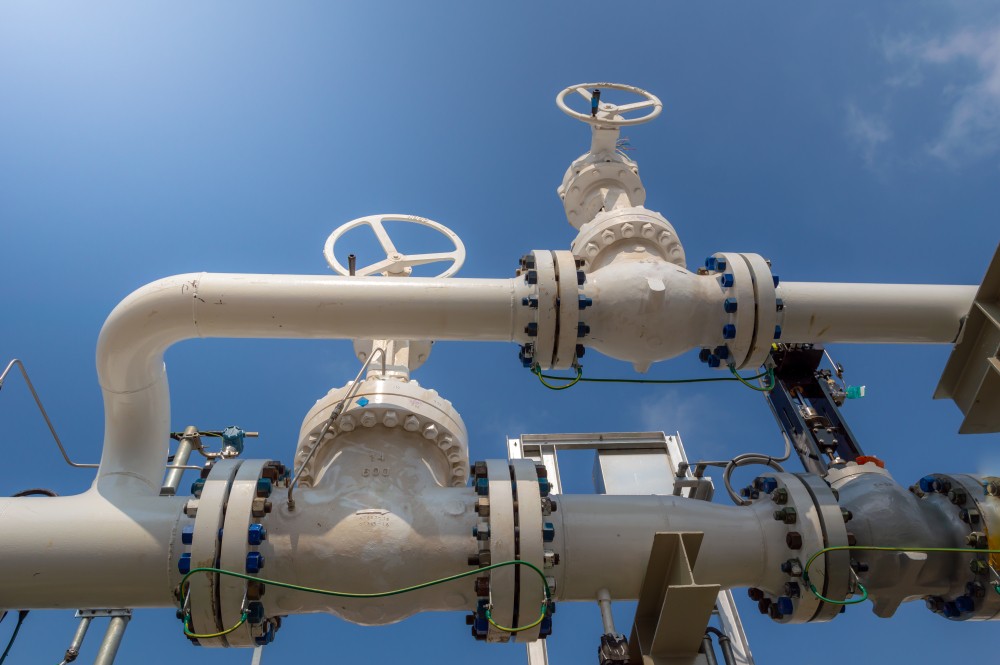Oil prices declined on Monday. Reversing earlier gains, as expectations for increased Chinese demand and rising Middle East tensions over an Iranian drone attack were partially offset by impending interest rate increases by major central banks and indications of robust Russian exports.
Brent crude oil was down 29 cents, or 0.3%, to $86.37 per barrel, while West Texas Intermediate crude was down 52 cents, or 0.74%, to $79.16.
Signs of abundant Russian supply, despite an EU ban and G7 price cap imposed in response to Russia’s invasion of Ukraine, also put pressure on the market. Both oil benchmarks fell for the first time in three weeks last week. In addition to the central bank meetings, OPEC+ will meet on Wednesday.
Oil rose earlier on Monday amid Middle Eastern tensions following a drone attack on oil producer Iran.
While it is unclear what is going on in Iran, any escalation there can disrupt the crude flow, according to Stefano Grasso, a senior portfolio manager at Singapore-based 8VantEdge.
The prospect of increased Chinese demand has boosted oil prices in 2023. Over the weekend, the world’s largest crude importer pledged to promote a consumption recovery, which would support demand.

European Gas Prices Swing
European natural gas prices changed as the return of warmer weather kept a lid on heating demand, despite the possibility of a rebound in industrial consumption due to cheaper fuel. Benchmark futures rose to 4.3%, reversing a previous decline. After a turbulent year, a mild winter, fuel savings, and large inflows of liquefied natural gas have dramatically reduced prices. However, maintaining demand control is critical for the region to deal with this winter and the next after Russia’s record supply cuts.
Price volatility keeps the energy crisis alive, despite losing much of its sting. Gas inventories in Europe fell last week due to a brief cold spell, but they remain far above historical averages. According to forecaster Maxar Technologies Inc., temperatures in northwest Europe are rising above seasonal norms and will remain mild until mid-February.
Furthermore, supplies from Europe’s top provider, Norway, have been severely limited in recent days due to maintenance. Although the country’s export flows have increased from last week’s lows, they are still below capacity because a significant processing plant is still undergoing repairs after an outage.








COMMENTS